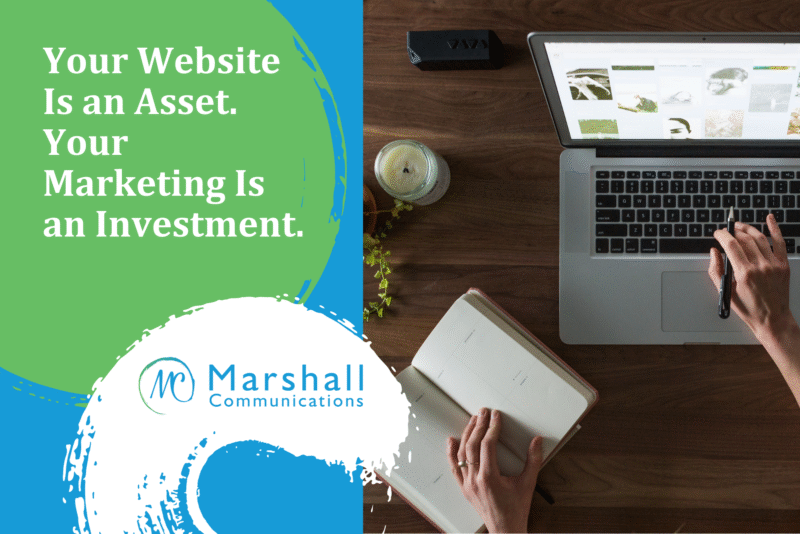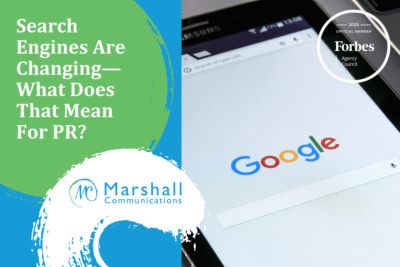In today’s digital-first world, your website is one of the most valuable assets your business owns — second only to your customer list. For many consumers, if you don’t have a website, you simply don’t exist. And without customers, there’s no revenue and no viable business.
Your Website: The 24/7 Digital Front Door
Today’s consumers search for everything online, from sushi restaurants and economy cars to beach reads and schools for their children. And more often than not, they’re searching on phones. If your business doesn’t appear in those searches, or if it only shows up in third-party reviews, you’re missing a huge opportunity to tell your story directly, highlight your strengths and build trust with your ideal audience.
Investing time and effort to make your website easily findable, user-friendly, and relevant is one of the smartest business moves you can make. A well-designed, informative website not only strengthens relationships with your current customers but also helps attract new prospects who are the right fit for your business.
The Customer List: Your #1 Business Asset
Ask any successful entrepreneur, and they’ll tell you: selling to existing customers is the most cost-effective way to grow. A well-maintained customer list allows you to market directly to people who already know your business and have shown interest in what you offer.
Think of your customer list like a garden. With proper care and attention, it will grow and flourish over time. Use your website to support this growth — offer visitors e-newsletter subscriptions, exclusive downloads or valuable resources in exchange for their contact information. This turns casual visitors into engaged subscribers and, ultimately, loyal customers.
Beyond the Website: Building Trust Through Content and Social Media
Your website should work hand-in-hand with your social media presence to create a full-circle marketing strategy. Platforms like LinkedIn, Facebook, Instagram and X (formerly Twitter) offer additional ways to engage with your audience, build relationships and provide value.
But remember: social media isn’t about the hard sell. The most effective posts are educational, informative and engaging. Focus on sharing content that solves problems, answers questions and positions your brand as a trusted resource. Educational blog posts, how-to videos, infographics and resource articles all help drive repeat visits to your site and build long-term trust.
Yes, Your Website Is an Asset
While accountants may debate whether a website technically qualifies as a business asset, the reality is clear: if you consider your physical location and equipment as assets, your website deserves the same recognition. For many businesses, especially those selling products or services online, the website often generates as much or more revenue than a physical storefront.
Marketing Is an Investment That Pays Dividends
Just like upgrading your equipment or improving your office space, the money you invest in marketing is an investment in your company’s future growth. But effective marketing doesn’t happen by accident — it starts with a strategic plan, like The Marshall Plan®.
At the center of that plan should be your website and digital presence. When done right, your marketing strategy will yield a measurable return on investment, with clear metrics defined before the plan is ever launched.
In today’s fast-changing digital world, your website and marketing strategy aren’t just nice to have — they’re essential tools for growth. By treating your website as a valuable business asset and your marketing as a thoughtful investment, you can build stronger customer relationships, expand your reach and position your organization for long-term success. With the right plan in place, you’re not just keeping up — you’re creating real momentum for your business.












